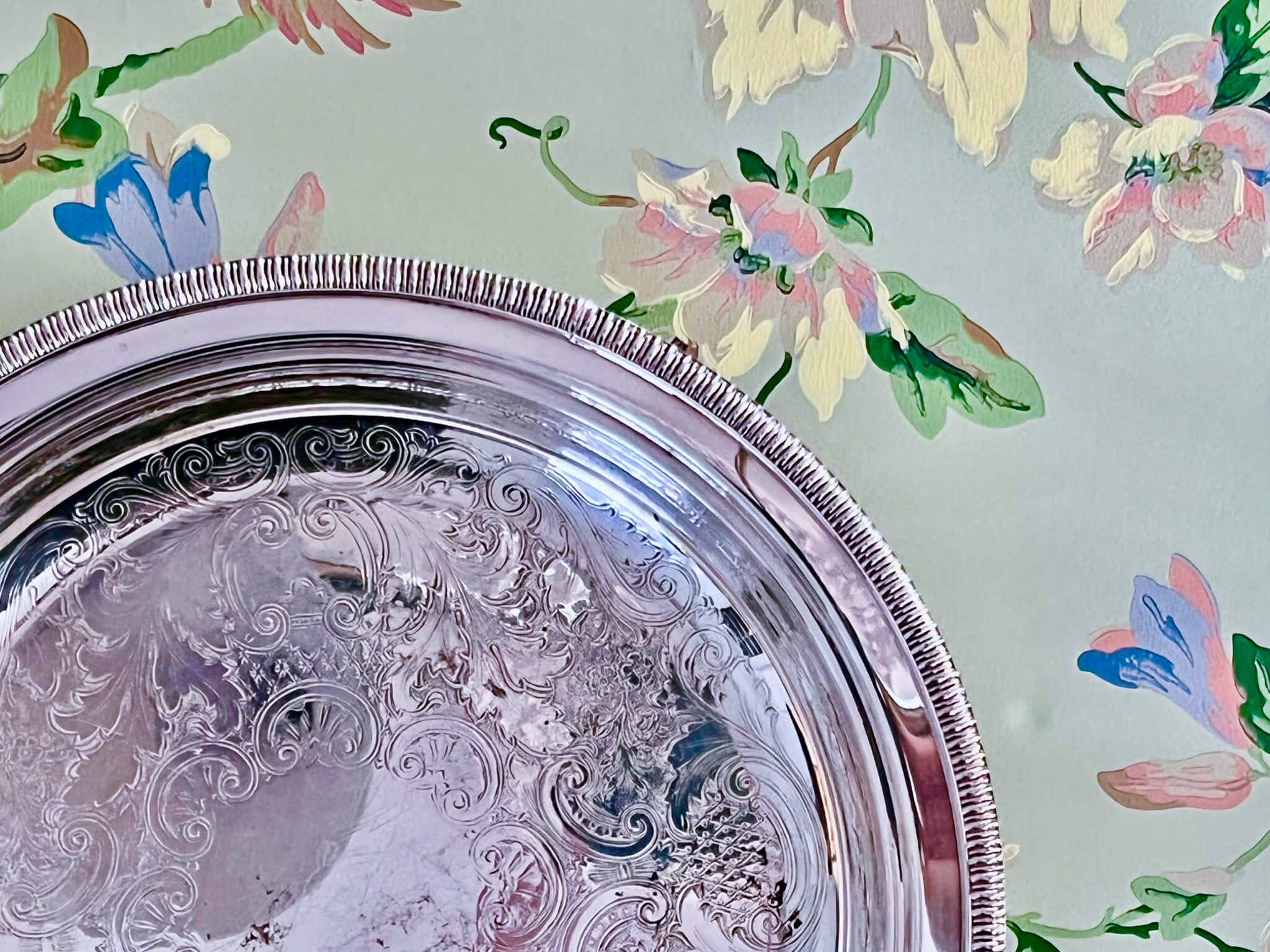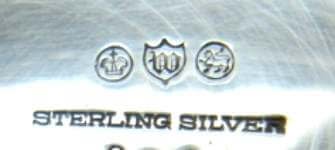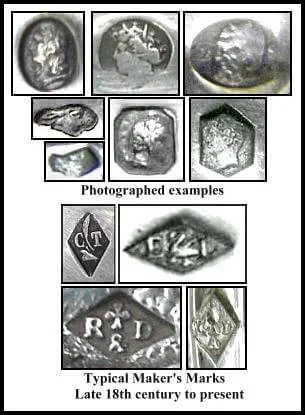How to identify marks on silver
We recently went through and talked about the different types of silver and their marks. Now we are going to learn how to read these marks and go into more details on some of these terms.
As we saw in the first post, there are often all sorts of little designs, numbers and letters on the bottom of a piece of silver. It is a very complicated system that often changes per country and region. The information below is the tip of the iceburg but should at least give you a good place to understand what all the designs represent.
American Marks
As discussed in the post on the types of silver, the mark "925" signifies "sterling silver.” This means that 92.5% of that item is made of silver and the rest is another metal. In America, this has been the ratio used as the standard since the mid-1860s. According to RealorRepo.com, the bulk of silver made in the US between 1860 to 1970 (especially before 1940) will be marked "sterling" or "sterling silver". Again, they point out that this does not mean that all pieces marked "sterling" or "sterling silver" are old. It does mean, however, that most pieces marked 925 are going to be “modern”. So helpful, right?
French Marks
According to ModernSilver.com, the French have the most complicated system of marks. Apparently the French do not use numbers and instead use symbols (animals, insects, birds, etc) to indicate the content of silver. It is pretty difficult to memorize all the symbols. You may want to bookmark French marks on your phone for a quick reference when you are out and about.
British Marks
A typical English hallmark will have 4 symbols (maybe 5...a symbol of the king or the queen ruling during the time it was manufactured) and they are in no particular order. A traditional British Silver Hallmark should answer who, what, where and when
(WHO) Maker's Mark: a symbol for the silversmith
(WHAT) Standard Mark: this symbol guarantees the silver content. For British marks it is going to be a symbol of a lion facing the left. This certifies it is 92.5% silver.
(WHERE) Town Mark: a symbol for where the silver was certified (London would be a leopard's head)
(WHAT) Date Letter: a symbol for the year it was manufactured
A few things to note here. According to RealorRepro.com, a control mark (a symbol in the form of scales) was adopted in 1976. This was a treaty among nations where they agreed to recognize each other's hallmarks. The standard mark can now be expressed as 925.
You could really spend a lifetime learning about all the various marks and the how they differ over the course of regions and time.
For additional reading, I loved this article from Real or Repro that explains this in further detail and also gives some clues on how to look for common forgeries. The Antiques Trade Gazette also has a great article I really suggest reading on British Hallmarks.
Are you lucky enough to run into these antique silver treasures in your hunts?
Link to eraser
Link to first article
Link to easy way to polish silver
Link to favorite silver polish






